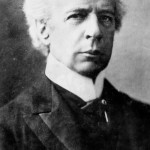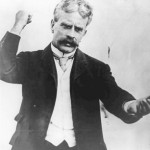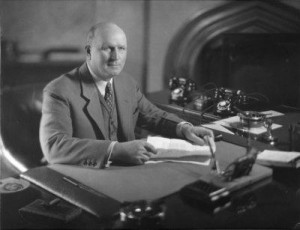As early as the 1860s, local manufacturing companies began to hold picnics for their employees and other local people. In Berlin, picnics held by local distilleries became popular, and were often accompanied by a parade and musical entertainment. These picnics are a mark of industrialization and growth in the region, as companies used picnics for community outreach and to establish a close relationship with their employees. This relationship was maintained through these types of events, and became particularly important in 1911 federal election, in which industrial workers voted in favour of Conservative protectionism, rather than Liberal reciprocity, to protect the economic interests of their employers.
(McLaughlin, Kenneth. Waterloo: An Illustrated History. Waterloo: Windsor Publishing Canada, 1990; Argyle, Ray. Turning Points: The Campaigns That Changed Canada – 2011 and Before Hampshire:Waterside Books, 2011.)


